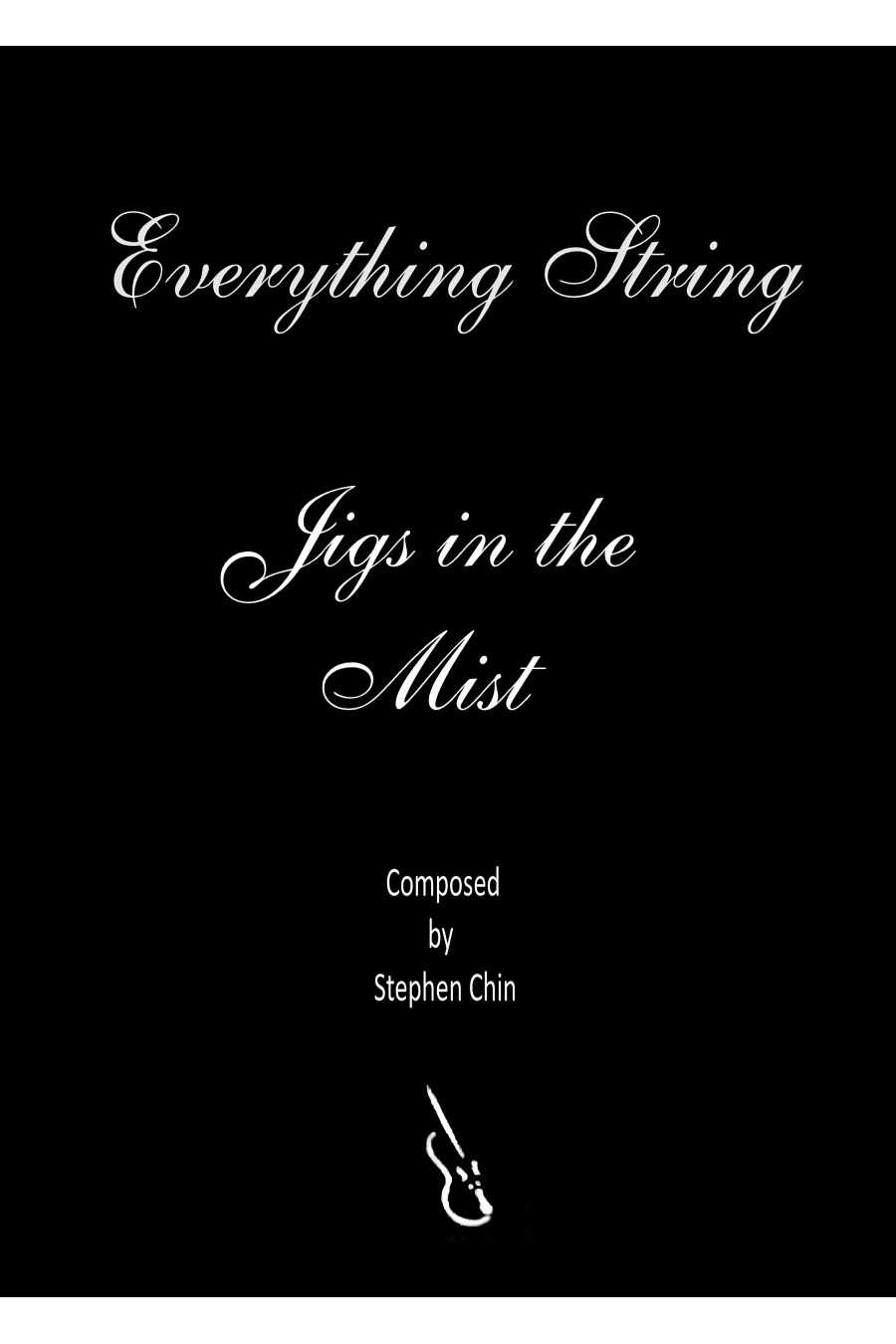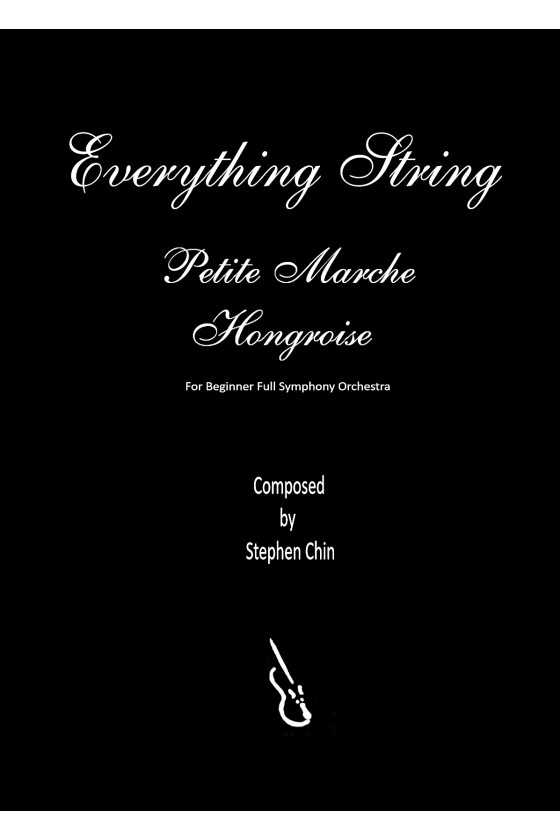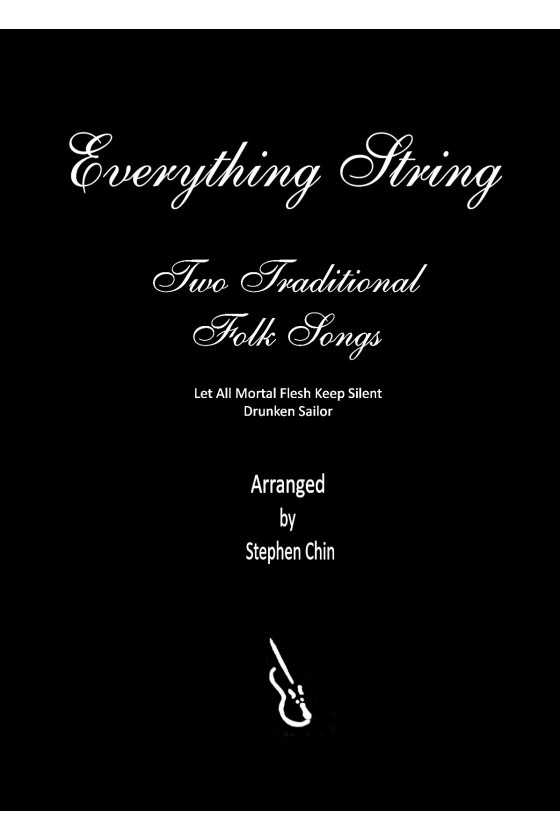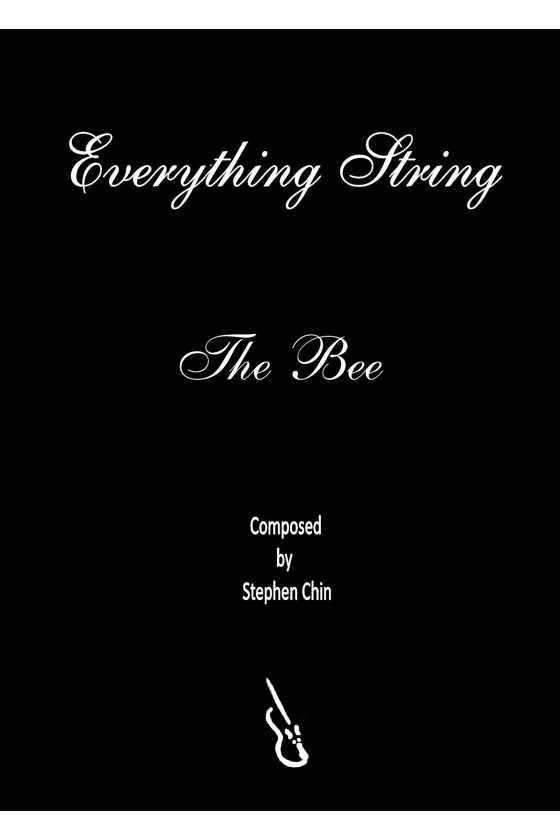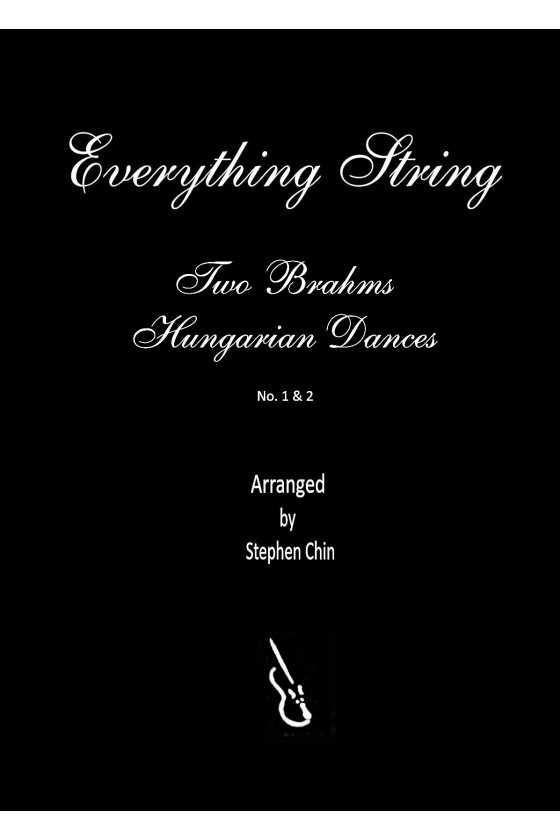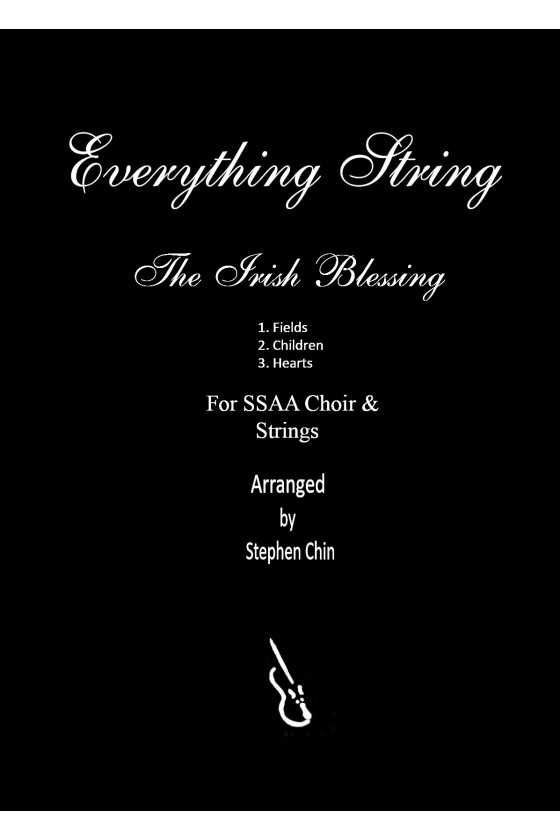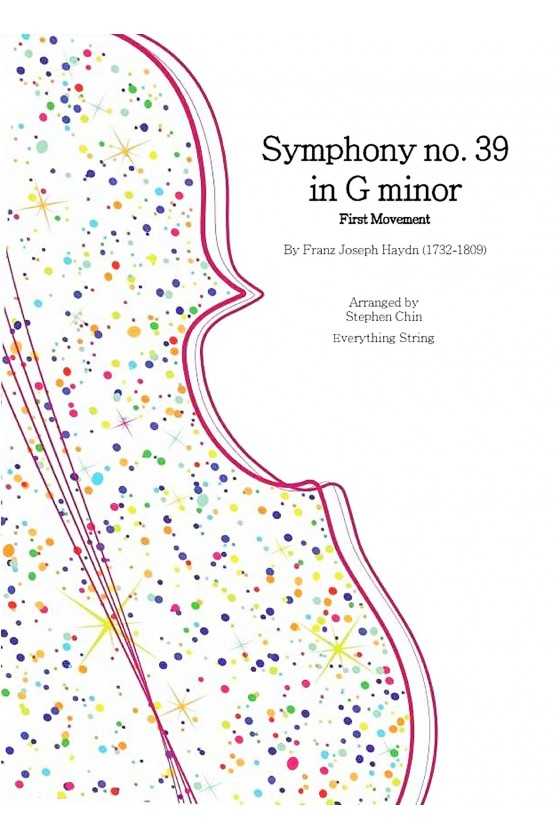Jigs In The Mist By Stephen Chin
As soon as the piece begins, the listener is transported to an atmosphere of mist and damp earth, evoking a sense of timelessness. The music paints a vivid picture of people from a bygone era, dancing with unbridled energy and joy. The piece is rich with a multitude of melodies and counter-melodies that dart and weave seamlessly between different sections of the orchestra. Meanwhile, the middle section showcases a beautiful and intricate solo by the string quartet, which is then punctuated by powerful tutti utterances. Throughout the piece, the audience and performers alike are treated to a wide array of textures, dynamic shifts, and hauntingly beautiful melodies that come together to form a truly captivating work of art.
For String Orchestra Grade 3.5
